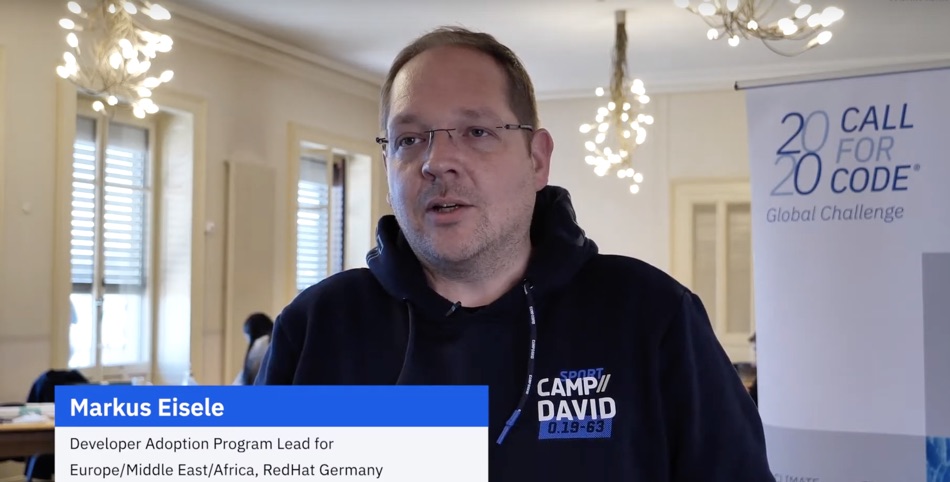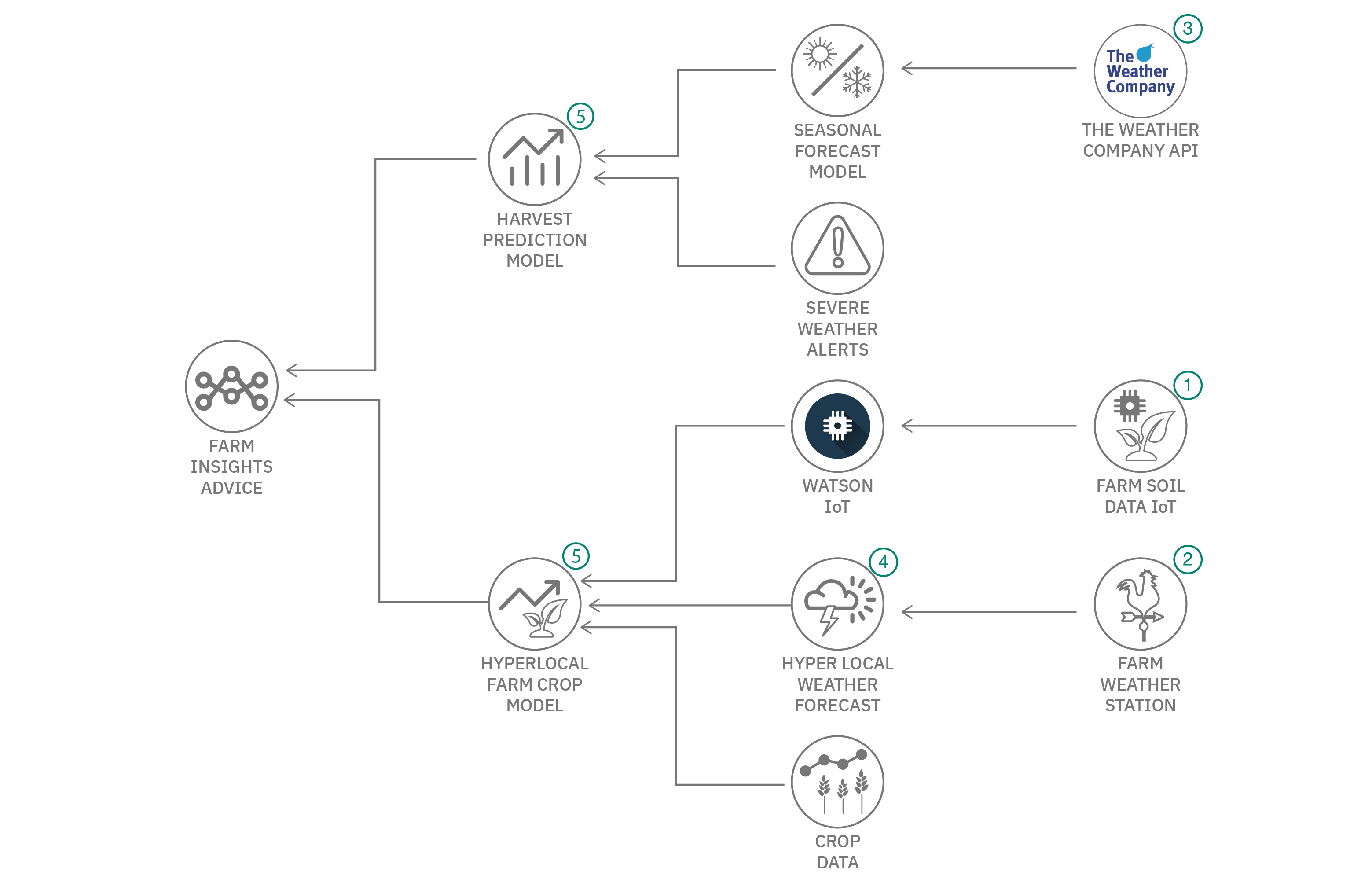Starter kit
Water sustainability
Use this starter kit to understand how water can help fight climate change and jump start your solution with our expert-validated idea.
Overview
What is the problem?
The global climate crisis is inextricably linked to water. Higher temperatures and more extreme weather events are projected to affect the availability and distribution of rainfall, snowmelt, river flows, and groundwater, and further deteriorate water quality. Low-income communities, already the most vulnerable to any threats to water supply, are likely to be the worst affected. Read the UN policy on climate change and water and understand how you can make a difference.
How can technology help?
Whether it’s third-party open source projects or IBM Cloud services, technologies like data analytics, Internet of Things, artificial intelligence, and blockchain can help address global environmental challenges such as water quantity and quality. Using water more efficiently will reduce greenhouse gases from treatment systems.
Tutorials
Analyze IoT sensor data
In this tutorial, you’ll learn how to connect an ESP8266 to Watson IoT over MQTT and stream environmental data from the sensors to the IBM Cloud.
Estimated time: 6 hours
Build a weather dashboard
This tutorial demonstrates how to display hyper-local weather information from a residential or farming weather station, using a personal weather station, Node-RED, Weather Underground, and The Weather Company APIs and the node-red-contrib-twc-weather nodes.
Estimated time: 30 minutes
The idea
This IoT solution aims to help farmers, particularly those in shifting climate realities, monitor hyper-localized weather data and adapt their crop strategies to optimize water usage.
Climate change is causing farmers to reconsider the crops they grow, but they may not be aware of what crops will work well in the new circumstances, according to the changing water availability. Awareness and education of suitable crops and their needs for a good yield, will help farmers make water-friendly choices.
To achieve these goals we propose the creation of a framework of resources and software to enable software developers to create solutions focused on water and irrigation for farmers affected by climate change around the world. The framework will also target the agricultural extension specialists, also known as crop advisors.

The architecture

- Use inexpensive Arduino ESP8622 / ESP32 devices and sensors to measure soil moisture, temperature, humidity. Send data over WiFi or LoraNet using MQTT to IBM Watson IoT Platform.
- Send the farm Personal Weather Station data to the Weather Underground. Query The Weather Company Personal Weather Station APIs to retrieve and build a dashboard of local weather conditions and forecasts for the farm.
- Query The Weather Company forecast predictions and historical data APIs. Incorporate Severe Weather Alert API information.
- Create a hyper local weather forecast for your farm.
- Build a hyperlocal farm crop model using IoT data, Weather Data and crop data. Build a harvest prediction model to guide the farmer while improving crop yields, lowering water consumption and reducing fertilizer costs.
Technology
IBM Developer Tutorials
IBM Cloud services
Open source technologies
Hardware Components – for the farmer to use